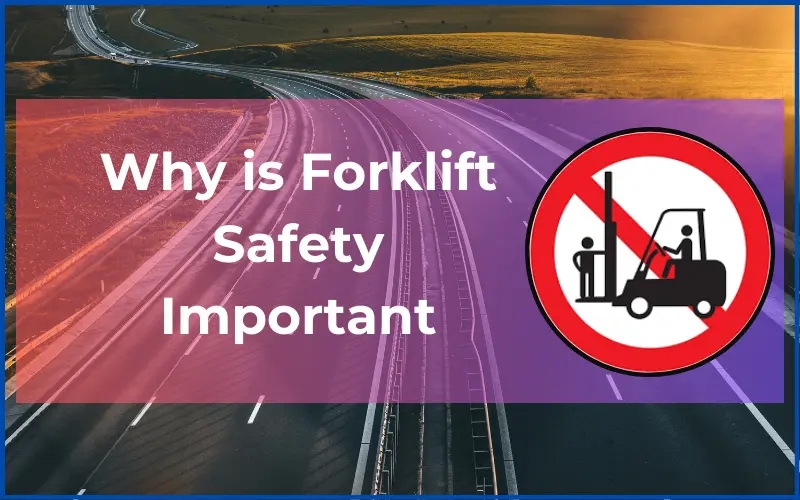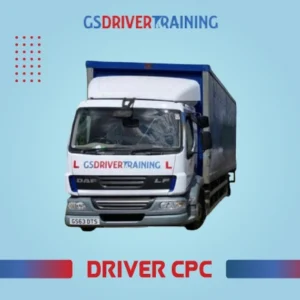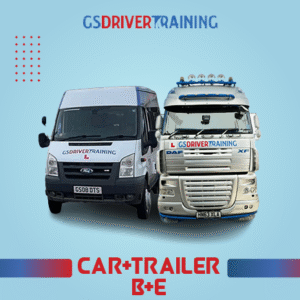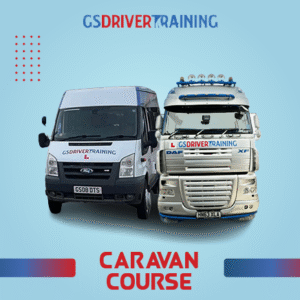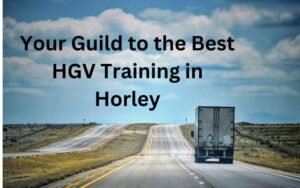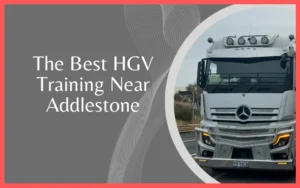Why is Forklift Safety Important
To operate forklifts on your own, you’ll need to follow several safety precautions and receive extensive training. Forklift operations are governed by several laws and regulations in the United Kingdom. To guarantee safety compliance at work, you must be aware of each one; otherwise, you risk fines.
According to the UK Health and Safety at Work Act 1974 (HSWA), all workers who handle any machinery must receive the necessary information, instruction, supervision, and training.
Employers are also required by the Provision and Use of Work Equipment Regulations 1998 (PUWER) to perform routine inspections, maintenance, and checks on forklifts and other work equipment.
When using a forklift, the proper PPE must always be worn to prevent accidents and adhere to employee safety regulations.
What are the Forklift Health & Safety Rules for Drivers in UK
When it comes to operating forklifts in a workplace setting, safety comes first. The purpose of forklift health and safety regulations is to lower the frequency of incidents and guarantee everyone’s safety.
1. Proper Training
To operate a forklift, a driver must complete recognised training programmes. This includes learning not only how to run the machine and handle loads, but also how to manoeuvre in various surroundings and what to do in the event of an accident or malfunction.
2. Regular Maintenance
Forklifts require routine maintenance much like any other heavy equipment. Companies should put in place a mechanism to guarantee that the hydraulics, brakes, and steering are examined frequently and that they are operating at peak efficiency. When maintenance is neglected, mechanical problems might result in accidents.
3. Safe Speeds
When operating forklifts, drivers must adhere to safe speed limitations, particularly when navigating corners or through congested areas. Maximum speed limits should be marked in the workplace, according to businesses.
4. Pedestrian Awareness
To operate a forklift, a driver must complete recognised training programmes. This includes learning not only how to run the machine and handle loads, but also how to manoeuvre in various surroundings and what to do in the event of an accident or malfunction.
What Should be Involved in Forklift Training
Authoritative organisations, such as training providers approved by pertinent industry associations, ought to give training to all personnel. Training for forklifts includes:
1.Being aware of the many forklift types.
2.The safety features, instruments, and controls of the forklift.
3.Familiarity with inspection protocols.
4.Stacking, moving, and managing loads in a variety of job settings.
5.Awareness of pedestrian safety.
6.Familiarity with emergency protocols.
When classroom instruction and practical experience are needed, this entails both theoretical and practical training. Before operating a forklift, operators are required to demonstrate their competency through a series of exams after their training.
At GS Driver Training you will get proper forklift training in which our team will clear all these things for you. Also, our experts will guide you so that you will get a forklift licence and understand the importance of Forklift safety. By reaching us you will get the details about the forklift course and forklift licence cost.
What are the Common Forklift Hazards
Some of the common forklift hazards are:
1. Operational Hazards
Improper load handling, careless driving, speeding, and uncontrollably moving forklifts.
2. Environmental Hazards
Uneven surfaces, inadequate illumination, crowded workspaces, and unfavourable weather.
3. Mechanical Hazards
Worn tyres, malfunctions, defective brakes, and hydraulic leaks.
4. Pedestrian Hazards
Situations where a pedestrian approaches a car too closely, putting them in danger of being hit or crushed.
How to Response with a Forklift in an Emergency Situation
Even when all safety precautions are taken, catastrophes can still occur when using a forklift. The operator needs to become proficient in the required emergency procedures and practise them to be ready for this.
1. Immediate Response to Accidents
Turn off the engine and stop the car right away. Examine the load stability and any injuries while maintaining composure. If an injured individual is not in imminent danger, do not move them.
2. Alerting Emergency Services
If there is serious property damage or injuries, contact emergency services right away. Assign a single employee to notify and direct emergency services to the site.
3. Evacuation Procedures
Everyone inside the building should be evacuated in case of a fire or chemical spill. Make sure that everyone understands the evacuation protocol and that every employee is accounted for.
4. Containing the Situation
In the case that there are no significant safety hazards, take action to stop more harm or damage. For any minor leaks, this entails employing spill kits or stabilising loads. Wait until it’s safe to move the forklift before doing so.
5. Reporting the Incident
It is mandatory to record all forklift incidents in compliance with UK Health and Safety Regulations. If at all possible, this must contain witness testimony, in-depth memories, and CCTV footage.
6. Post-incident Review and Preventative Measures
To ascertain the cause, every incidence needs to be looked into. To ensure that this occurrence doesn’t happen again, you need to examine and update any risk assessments and safety precautions.
7. Forklift inspection and repair
Get a trained technician to examine the forklift that was involved in the incident in detail to look for any evidence of damage. To guarantee that using the forklift in the future is safe, fix any damage.
Also read:Forklift Driver Certification

